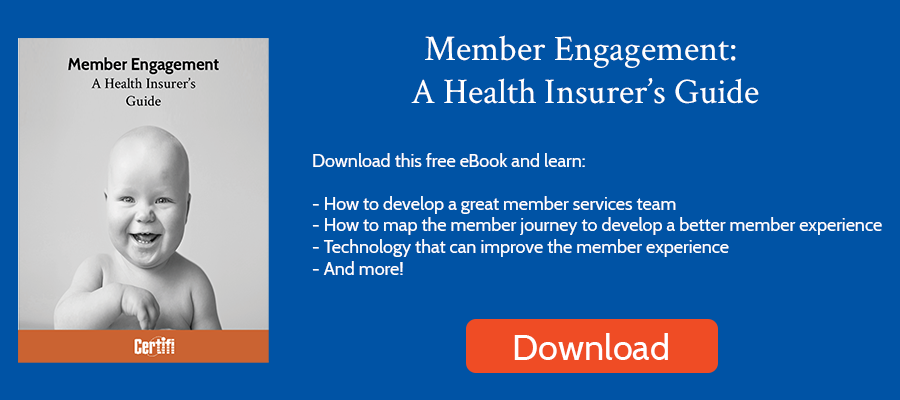Each year the Medical Payment Advisory Commission (MedPAC) releases two annual reports. Those reports provide recommendations to Congress based on an analysis of the Medicare program. MedPAC released its most recent report in March of 2022. Here’s a look at Medicare Payment Policy based on that recent report.
What is MedPAC?
The Medicare Payment Advisory Commission is a non-partisan congressional agency created by the Balanced Budget Act of 1997. The commission includes 17 members appointed by the Comptroller General of the US to 3-year terms. Members generally have expertise in the financing and delivery of health care services. The primary role of the agency is to advise Congress about issues affecting the Medicare program.
MedPAC accomplishes that role by creating two annual reports, released in March and June of each year. The reports generally provide recommendations to Congress. They also meet publicly to discuss policy issues and formulate congressional recommendations.
MedPAC’s March 2022 report to Congress included chapters dedicated to Medicare fee-for-service (FFS) payment rate updates and other related items. Additionally, it included a chapter related to Medicare Advantage, a chapter about prescription drug coverage under Medicare Part D, and a report related to a value-based payment program for post-acute care services.
What Does MedPac say about MA costs?
It is more expensive. Though it’s been contested (more on that later), MedPAC’s report indicates that Medicare Advantage’s growth may come at a cost. MedPAC’s report indicates that Medicare spends 4% more for Medicare Advantage enrollees than it would if those enrollees were in fee-for-service Medicare. Medicare Advantage was designed to save Medicare money. But according to MedPAC, the reality is that private Medicare Advantage plans have never saved Medicare money. Flawed policies around payment rates receive the blame.
To address those flaws, MedPAC has recommended several changes to the Medicare Advantage payment process. Among them, addressing what MedPAC refers to as coding intensity. Medicare Advantage payments are based on a plan’s payment rate and an enrollee’s risk score. That risk score is based in part on a provider’s diagnosis. That gives the Medicare Advantage insurer an incentive to make sure providers use all possible diagnosis codes. Because each diagnosis could raise a risk score, it could also raise payments. That incentive does seem apparent in Medicare Advantage data, as those risk scores were 9.5% higher than scores for similar fee-for-service Medicare members. The Centers for Medicare and Medicaid (CMS) does adjust those risk scores downward, but even that adjustment resulted in a risk score 3.6% higher among Medicare Advantage members in 2020. According to MedPAC, that translates to $12 billion in excess payments to Medicare Advantage plans.
The solution? According to MedPAC, excluding diagnoses collected from health risk assessments, using two years of diagnosis data, and applying an adjustment to remove the impact of coding intensity can help drive down Medicare Advantage costs.
How does MedPAC feel about the Medicare Advantage quality program?
Not great. Medicare uses a quality bonus program that rates Medicare Advantage plans based on star ratings. Plans earning ratings higher than 4 stars earn bonuses. MedPAC finds that the quality of Medicare Advantage plans is difficult to measure against fee-for-service Medicare quality and that they are uncertain the measures used to determine Medicare Advantage quality bonuses led to a better beneficiary experience.
How does MedPAC suggest improving quality in Medicare Advantage?
To solve that perceived issue, MedPAC recommends replacing the quality bonus program with a value incentive program using a set of outcome and experience measures across all Medicare entities. They’d also prefer more localized quality measures so plans are incentivized to improve quality in every area. And, they’d like to account for differences in social risk factors by stratifying enrollment into groups with similar profiles. Finally, MedPAC recommends budget-neutral quality financing or savings by introducing penalties.
What was the Medicare Advantage industry’s response to MedPAC’s report?
Contentious. The Better Medicare Alliance (BMA) issued a response that added counterpoints to five MedPAC claims. Among them:
- Medicare Advantage Plans have never produced savings for Medicare — BMA cited a recent Milliman study that found the government spends more per member, per month for fee-for-service Medicare than it does on Medicare Advantage to disprove this MedPAC claim.
- Quality reporting in Medicare Advantage makes it difficult to accurately describe the quality of care in Medicare Advantage — BMA pointed out that Medicare Advantage’s star rating system provides a quality standard for the program. Additionally, it points to research showing that Medicare Advantage beneficiaries are more likely to access preventive care and screenings and less likely to commit to avoidable hospitalizations when compared to fee-for-service Medicare.
- That coding intensity increases Medicare Advantage payments. BMA points to surveys and studies that reflect that Medicare Advantage beneficiaries do have more chronic conditions, are more food insecure, and are more likely to self-report diabetes, COPD, congestive heart failure, or dementia. Plus, BMA points out that according to a report by Avelere Health, Medicare Advantage has a higher proportion of beneficiaries with clinical and social risk factors when compared to fee for service Medicare. To the Better Medicare Alliance, it’s not the coding intensity that leads to excess payments, it’s the health factors of the Medicare Advantage population.
Certifi’s health insurance premium billing and payment solutions help healthcare payers improve member satisfaction while reducing administrative costs.



